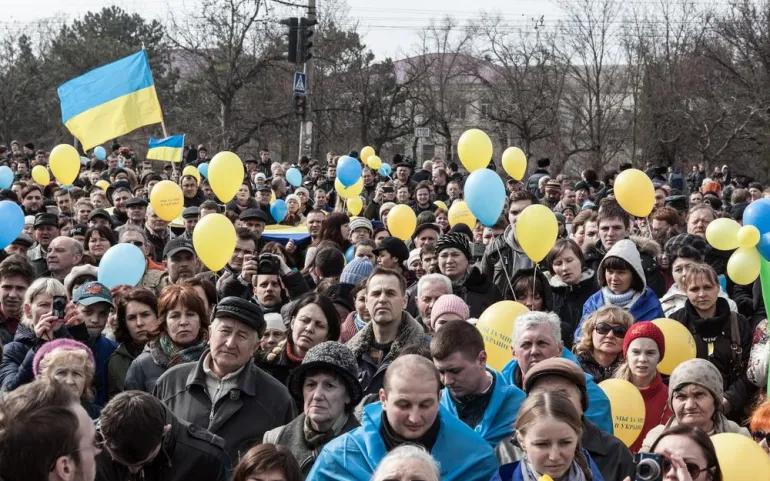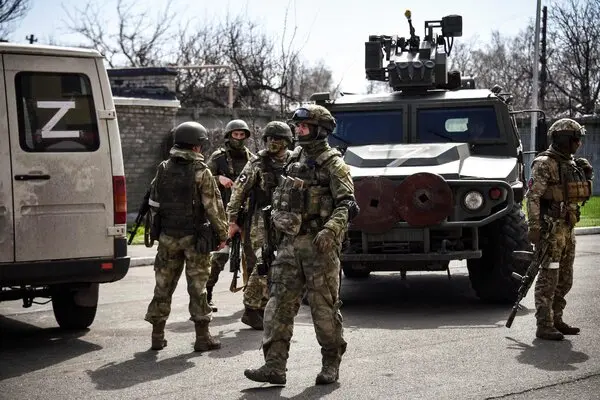A small woman quietly leaves her house, accompanied by many big guys in green fatigues who seem so big that they almost dwarf her. Their green balaclavas hide most of their faces, giving them a fearsome appearance, yet their Russian flag patches show their loyalty.
The woman is a Crimean Tatar named Lutfiye Zudiyeva, and she posted a video of the event on social media.

Looking just as determined as what she did in the video, she stated in an interview conducted from the seized Ukrainian peninsula, “They arrived at my house to search.” “I had spent years getting ready for it.”
She has experience; this was her 3rd arrest since 2019. This explains her calmness and insight. This time, she was detained for an hour.
“Writing about torture or covering politically driven criminal cases makes you more likely to come under the attention of the police and special services,” the author said.
According to the UN, Zudiyeva is a human rights activist and a single of several Ukrainians who suffered during Russia’s illegal occupation of Crimea, which has lasted for ten years. During this time, Moscow’s institutions and laws have been imposed, the opposition has been oppressed and repressed, and there have been grave human rights violations.
Zudiyeva declared, “There are repressions, searches, detentions, and torture.” “You join a target as soon as you attempt to voice your disagreement in public or if you get involved in any way.” It is unavoidable.”
Since 2014, there have been several arrests similar to hers as well as extensive mass raids, particularly but not just in regions primarily populated by Crimean Tatar groups.
Most people agree that the Tatars, a Muslim minority of Turkic ancestry, are the native inhabitants of Crimea. They suffered persecution even during the Soviet Union’s rule over the peninsula and Ukraine; in 1944, longtime ruler Joseph Stalin forced them to leave Crimea.
The Crimean Tatars were not permitted to return until Ukraine gained independence during the late 1980s and early 1990s. People who supported Russia’s 2014 annexation of Crimea included Tatars, and rights organizations said that the Russian government persecuted the minority population following the annexation.
